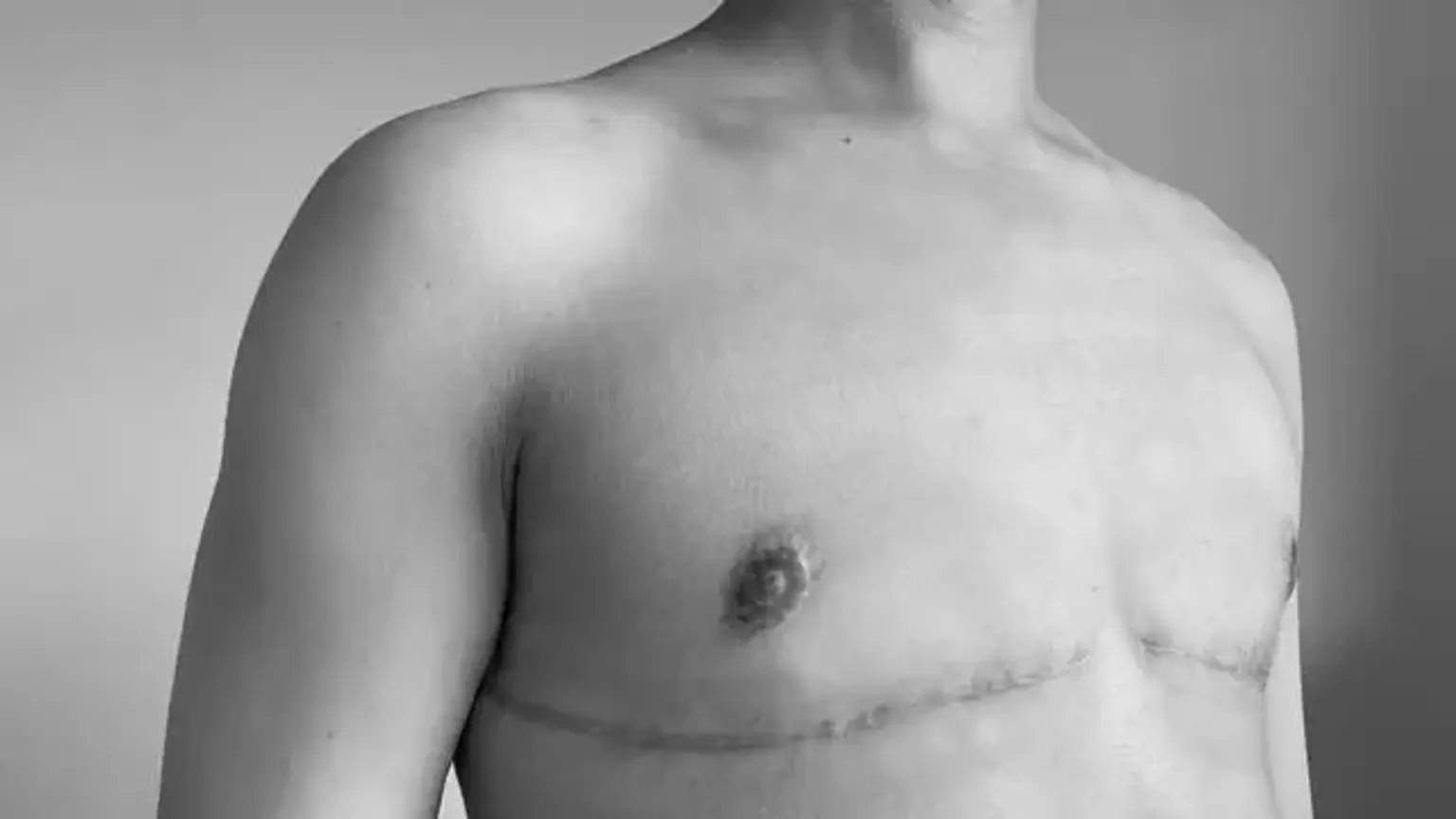Chest Reconstruction Surgery
Chest reconstruction surgery is a type of reconstructive surgery that is conducted on the chest to change the size, shape, and general appearance of the chest. This procedure is usually carried out by a plastic surgeon who specializes in transgender or gender-affirming procedures.
Individuals desiring a more masculine or flat-appearing chest, as well as those desiring a more feminine dimensioned chest, can both benefit from this operation.
- Female-to-male or female-to-nonbinary chest reconstruction surgery. This involves removing breast tissue and reshaping the chest to provide the appearance of a flat, masculine, or male look.
- Male-to-female or male-to-nonbinary chest reconstruction surgery. This procedure entails the use of saline or silicone implants to boost chest size and form for a more feminine or female look.
